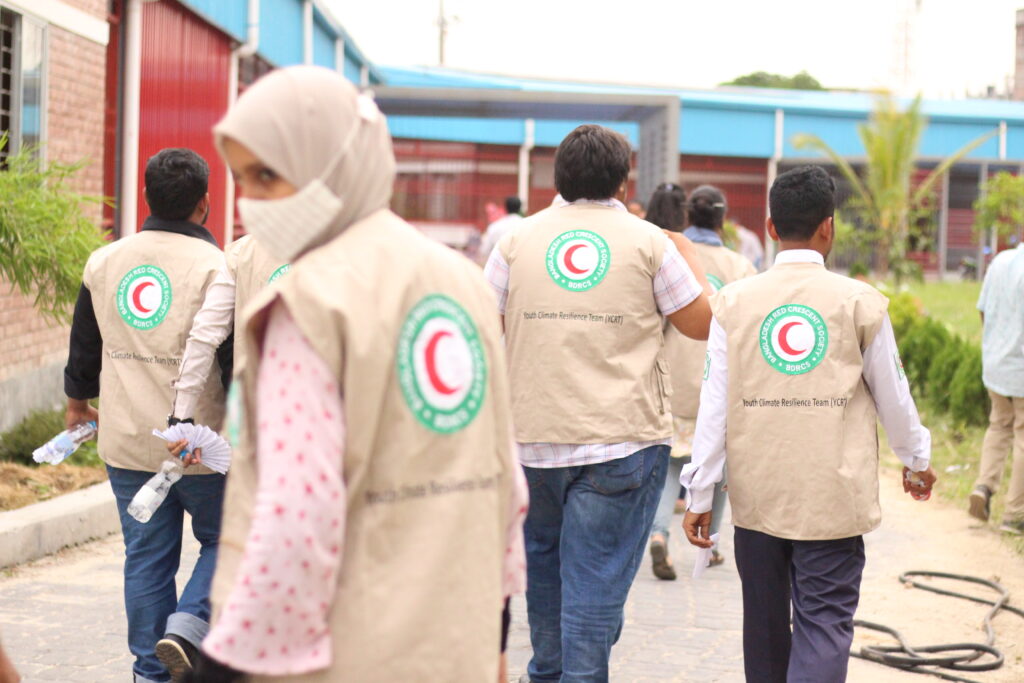Hope amid the heat: Volunteers like Fatema Khatun help neighbors through sweltering heatwaves in Bangladesh
This story was originally published on the IFRC website, along with a video story. As the sun blazes mercilessly over Bajakajla Slum in Rajshahi City, Bangladesh, Fatema Khatun vividly remembers her childhood when the weather was different, and life was more comfortable. “When I was in primary school, the temperature was not so high, we […]






